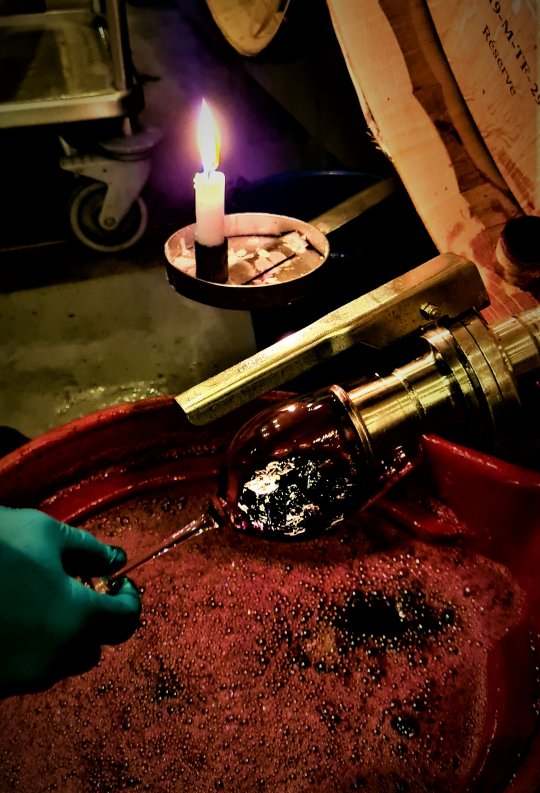During the ageing process, the wine is exposed to various operations, starting with barrelling and ending with preparation prior to bottling. From a quantitative point of view, oxygen additions to the wine caused by handling constitute the majority fraction during ageing.
During these operations, the wine comes into contact with air and therefore with oxygen. The exposure is different depending on practices and procedures. The following table summarizes the different practices during the ageing process and their average theoretical contribution if no precautions are taken regarding oxygen.
| Usage | Oxygen supply in mg/l |
|---|---|
| Topping up | 0.3 |
| Pumping | 2 |
| Barrelling (cask to cask) | 4 to 6 |
| Racking without air exposure | 3 |
| Racking with air exposure | 5 |
| Filtering | 3 to 6 |
The following values are given for a temperature of 15°C and at atmospheric pressure. It is clear that for a given wine, the operations carried out are not insignificant with regard to oxygen dissolution.
However, it is quite possible to modify the practices to reduce the quantity of oxygen added to the wine.

